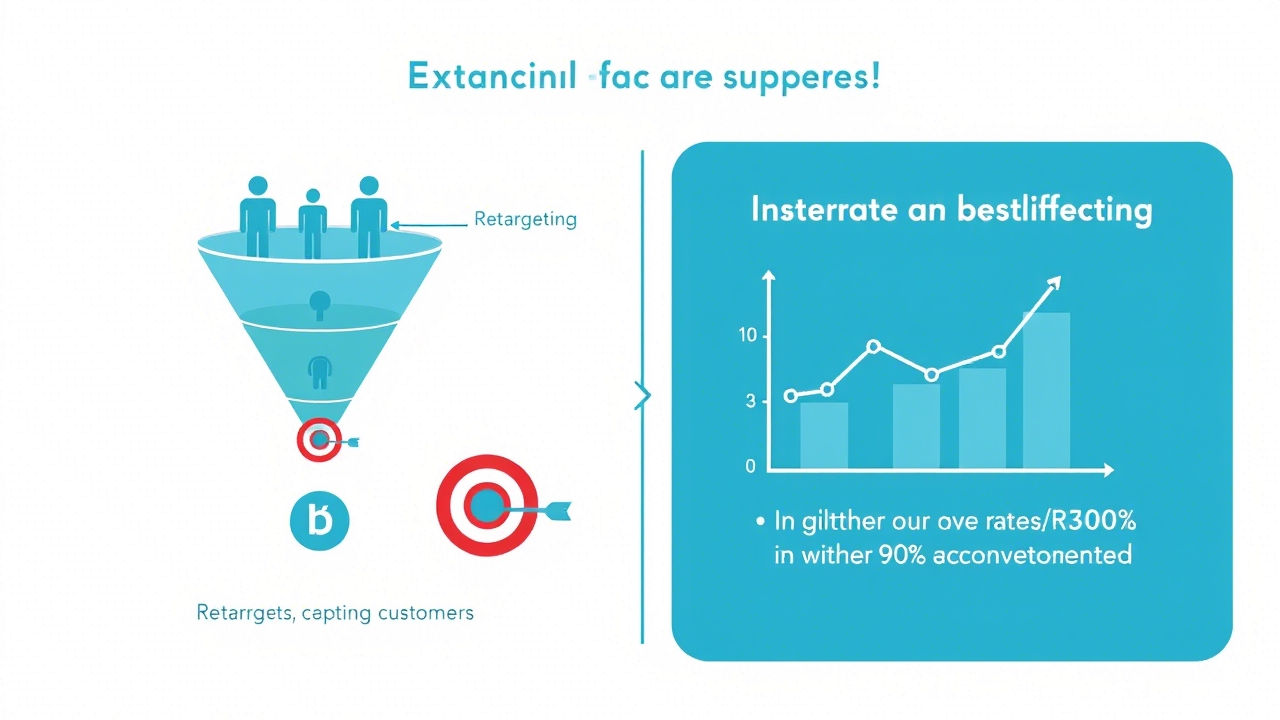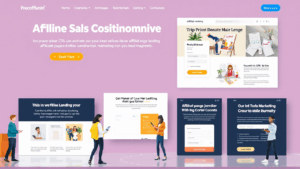This case study is a client of a very competitive finance field which means it’s in credit cards, insurance policies, SBA loans, credit card processing, etc… It is not a large brand name, but they compete directly against them. The website had a good presence, but with each core update, it fell little by little. They came to us to determine if we could turn the tide around and since we started in November 2024 we have been doing just that.
The following case study walks through how we diagnosed the site and the actions we’re taking ahead of time to get it growing. Like with other case studies I’m going to continue to update the screenshots as time continues on and share learnings along the way while they continue to retain us as their SEO agency. Like with the other SEO case studies of the past four or five years, we’re not doing any link building.
Backlinks are important, but they do not count for nearly as much as they used to. If you are skilled at producing content and can assist in making it not sound like or compare to AI and LLMs, people simply give you backlinks. These are the ones that add value to product pages, categories/collections, service pages, and content.
Let’s jump straight to the screenshots and then the step-by-step process for traffic recovery and increase.
Screenshots
Here are the original screenshots of when I first wanted to publish late in February 2025.
Here in this first screenshot you can see everything is in progress well, there is a rise beginning after stagnation and falling traffic. A 16 month period shows a gradual fall. We were able to start turning this around.
As you can see in the screenshot below of search console, refining the content is bringing life back into what was either stale, needed proper sourcing and citation, or created for SEO instead of the user. But we’re not out of the woods yet.
In this third screenshot you can see other pages are still in decline and some lost all of their traffic completely. Sometimes in a recovery there is less traffic or matched traffic, but that’s not your falling. The first few months look flat, but we observed new traffic and high-intent traffic coming in as well as old content still falling. The result was an even split that showed no net-gain as the falls were now equal to the gains. Other times the layout of the search result change, so even if you’re in the top three positions, traffic decreases because of AI Overviews, more PPC ads, and rich results like forums and people also ask.
We’re continuing to implement more tech SEO changes and increase the quality of the content as we’re seeing the results and patterns we’re hoping for.
Update March 2025
I’m writing this case study at the end of March 2025, so it’s been a month since I took the first screenshots and thought why not do an update to show progress with apples to apples. Here is how the site is progressing.
New and revised content with some more of the tech changes starting to work. We now have approximately five months of changes to study so we can observe what is and isn’t effective. We’re taking those lessons and implementing them on the older pages still in decline. The benefit now is that we have control groups and stats to back up our decisions. This makes it easier to understand what to change and how to prioritize subsequent actions.
There’s no shortage of things we want to do, the data tells us which order we should do them. We can combine this into the content team’s queue and work with the IT team based on launches and so we don’t add to the technical debt that almost all companies face.
So far we’ve added over 1 million impressions over the past three months YOY and increased website traffic. This includes the lead gen pages that drive revenue for the company and is measurable. So far its a big win all around and we’re excited to keep going.
The Steps to Recover the Finance Client’s SEO
To have traffic bounce back, we did five primary activities after the SEO audit throughout month one:
- Rebuilding some of the template so it is best practice compliant
- Finding and revamping evergreen and seasonal content
- Repairing sources and citations
- Refreshing internal linking
- New content and add whistles and bells
Rebuilding the Template
The template wasn’t bad, but it wasn’t doing all the things we had it do. For example, H tags were being used to lay out things on a page rather than to say what the topic of the content in a section is. There were some extraneous scripts that didn’t need to appear on the site, and a couple of rendering issues that had to be resolved.
Negotiations were already underway on a redo or partial redo design, so why not we thought. A few groups such as SEO, PPC, and content like us were all on board so the planets aligned. Nothing earth-shattering or across-the-board was done, but we did redo some of the URLs and navigation on the sites, re-coded the templates themselves to be SEO and other best practice-friendly, and we took the opportunity to put in some calls to action in places where we had pre-sold customers previously on trusting the brand.
Find and Update Content That Needs It
Just like any other site that’s been around for a while, there’s a lot of content with outdated data, thin copy, obligatory work done for previous team members that no longer stands, non-evergreen material to cover, etc… So we put a game plan into effect.
- Find evergreen topics that do or did have traffic
- Look for seasonal keywords that would remain valid 3 or 4 months from now and see if we can capture that traffic again
- Target non-evergreen keywords and articles
- Look for entity based keyword concepts that are not covered or aren’t being covered well
- Do a GAP analysis and find what competitors rank for or write about and we do not or have not
- Look at what is popular, trendy, or getting asked in communities and forums and add them to our mix
The first half of the content audit was simple, search for pages that once had traffic or conversions and no longer do, or pages losing rank for key words. You can do this in search console by searching a 3 or 6 month comparison YOY, click on pages, and filter by loss of clicks. If you are using another tool like quicksite, looker, etc… you can potentially look further back.
We found content that lost traffic but still made money and set up a plant to salvage it. This starts with looking at what was missing or not formatted correctly in the content and mapping out how to correct it. Some of that was rewriting the content to be easier to read like converting paragraphs into bullet points or tables and occasionally it was eliminating big blocks of content because it had been written purely for SEO purposes instead of to add support to the subject.
We then looked for things people look for during a season and found subjects which could be touched up for a future season. If it is holiday shopping season, we refresh the content late Q2 or early Q3 so that it can rank in the critical period. For tax-related content, we refresh late Q3 or early Q4. Refreshing before the season gives you a window of time to monitor how the updates perform with regards to rankings before you need the content to rank.
In doing so we looked for content that would have been evergreen but has gone out of date. Bringing it up to evergreen, or deleting it if it’s not useful to current customers and users is generally a good idea. If the non-evergreen is there for a reason and will be able to get backlinks because of its history, leave it there and save it to the archives.
Last we had known that we still need to post new content to start making new business and build readership. We didn’t consider keywords, we considered what is best for our users and included subjects that we hadn’t covered yet. Just as we’ve seen elsewhere, writing for a user versus an SEO keyword can drive traffic. This is all part of entities in SEO.
We scoured through forums and utilized research tools to perform a content GAP analysis. Then we looked at what organizations have search volume and created content that fulfills the user’s requirements. For others we made sure the topics would help the end user make a decision, and those can get into Google discover or get backlinks and social shares. By doing so we were able to start ranking for keywords in a competitive space, even when we don’t include the keywords in the headers, etc…
Fix Sources and Citations
This is one of those little things that doesn’t move the needle on its own, but does build user confidence. In conjunction with other minor things can cause the needle to move, or in other words, when your site can go up in a core update. Minor things include fixing canonicals so they exactly match trailing slashes or www and non www, cleaner crawl through robots and meta robots, reversing overoptimizations in copy, and adjusting site structure.
Here’s my guide on how we do source and citations in SEO if you’re curious to know.
Those are things within SEO that you have control of because it is your site and you get to choose where you link to. For citations and sources we made sure:
- The page is still there and not a 404 or 3XX. If it is a redirect, we linked to the new official page or selected a new source.
- We didn’t link to explanations or definitions.
- People already know what something is, they want to know why or how it is related to the topic.
- This is the reason we eliminated headers and definition parts from other entries.
- All citations and sources to definitions and explanations were deleted unless there was a reason to keep it.
- If you’re sourcing a topic and it is in your entity, create a resource that explains and details it and use an internal link instead of an external source.
- Linking to definitions means you’re not providing the resources, so add a quick definition in after the jargon or concept and keep the person on your own page.
- Double checked the resources are still valid and accurate.
- Studies are up to date.
- Calculations and tables are correct and have been updated.
- Formulas are presented in easy-to-understand and use formats or have calculators to assist.
- The information on the page we utilized is still current, and if it has been updated the updated information supports our contention.
Individuals will argue forever whether you have to give backlinks versus simply get them. I will almost always instruct you that you have to source things that don’t necessarily make sense for you to create, and to make sure they are solid and trustworthy sources. The sites where we do give backlinks regardless of domain authority, years in existence, etc… rank better and function better because we are concerned with the end user, not with giving backlinks.
Update Internal Links and Site Hierarchy
I’ve explained this a million times on this website, so will keep this brief. We made internal links that otherwise would compete not do so by having internal links based on user intent. Such as this blog post on how you can have two pages target the same SEO keywords and yet not have them compete.
Then we looked for internal links that link to dead pages and daisy chains redirects, and fixed those. Lastly we made sure the blog posts, menus, etc… all have the correct keywords to the correct pages based on intent and phrase. Blogs do cannibalize conversion pages, so when looking at topics and categories, ask if they support the main products and services or if they compete. If they compete then rename and refocus them.
New Whistles and Bells and Content
We now have the site in good tech condition, older content is rising, and new content is performing. Our next task is to start on things that are not essential for SEO but can assist, and new content ideas to attract users while establishing the website’s strength. Whistles and bells to me are such things as schema.
Schema won’t rank you if your website isn’t strong. After your website has strength and rankings, schema can assist you in getting rich snippets and featured results. That is where this website is at. We used crawlers and AI in the form of LLMs to find out topics that people search each year whether year-round or seasonally within populations, and added that no one has solved it well. If there are no good solutions and resources available, then this is a great opportunity for our client.
We began creating resources for these, and where necessary added calls to action to our content. The article builds trust by providing solutions. Once we’ve gained the visitor’s trust we give them the option to try out our services. Some of them do become customers because we built their trust and provided solutions without selling services unless it was specifically relevant. The others are placed in a remarketing funnel for the social, PPC, and maybe email/SMS teams if they opted in.
For now we’re going to continue creating new content, doing quarterly checks to look for changes and observe how they impact performance. I’ll be updating the screenshots atop this case study throughout the year and hopefully many years to come. If you’d like to see how the site performs, I share when the case studies are updated on my LinkedIn page and sporadically through my newsletter which you can sign up for below.




